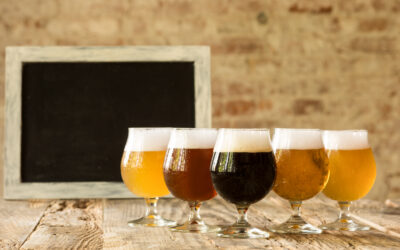A beer style describes a cluster of beers with common features that distinguish them from all others. These may relate to their ingredients, the methods of brewing, fermenting or conditioning them, their alcoholic strength, or in a few cases, simply the way they are served. In another sense ….
Some beer styles evolve quietly for centuries, while others lurch forward from a moment of inspiration or calculation by a particular brewer, which impacts so strongly that others know they need to follow.
Describing beer styles has three main purposes. It enables competitions to award prizes to the brewers who make the best, provoking others to go one step better. It aids understanding of the different types of beer found around the world. Also, it encourages diversity and discourages uniformity in beer brewing.





